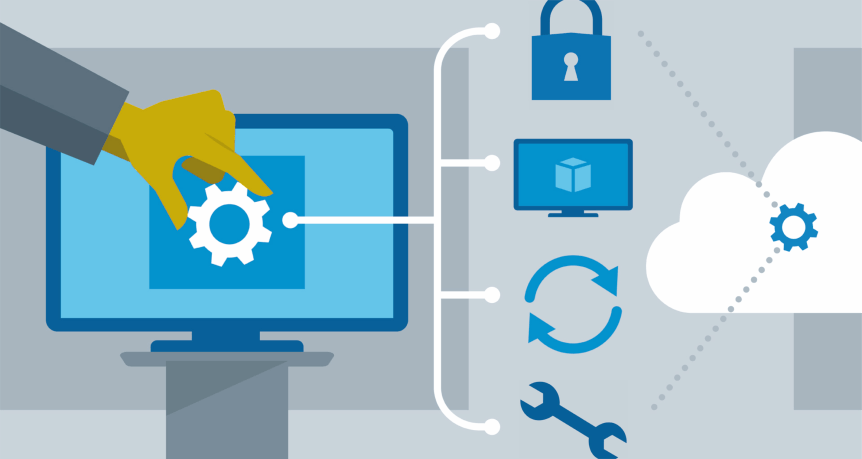In our increasingly connected world, remote access solutions have become essential for businesses and individuals alike. Whether you need to provide technical support, collaborate on a project, or access your work computer from home, the choice of the right remote access tool is crucial. Two popular options for remote access are Visit this site (Remote Desktop Protocol) servers and TeamViewer. In this blog, we’ll compare these two remote access solutions, highlighting their features, use cases, security considerations, and pros and cons.
Remote Desktop Protocol (RDP) Server
Pros:
- Native Integration: RDP is a native Microsoft protocol, making it a built-in feature of Windows operating systems. This means you don’t need to install third-party software, making it a cost-effective solution for businesses already using Windows.
- Performance: RDP typically offers excellent performance, especially when accessing a computer on the same local network. It provides a smooth and responsive experience for tasks like software development, server management, and accessing remote desktops.
- Resource Efficiency: RDP tends to be more resource-efficient than some third-party remote access tools, as it relies on the Windows operating system’s capabilities.
Cons:
- Complex Setup: Setting up RDP can be more complicated than using user-friendly tools like TeamViewer, especially if you need to configure firewalls and routers for external access.
- Security Concerns: While RDP can be secure when configured correctly, it has been targeted by cybercriminals for attacks. Ensuring strong password policies and implementing additional security measures is essential.
TeamViewer
Pros:
- User-Friendly: TeamViewer is known for its ease of use. It’s a versatile tool that allows both technical and non-technical users to connect remotely quickly. The interface is intuitive and requires minimal setup.
- Cross-Platform Compatibility: TeamViewer supports various operating systems, including Windows, macOS, Linux, Android, and iOS, making it suitable for diverse device environments.
- Additional Features: TeamViewer offers features beyond simple remote desktop access, such as file transfer, remote printing, and even online meetings and presentations.
Cons:
- Cost: While TeamViewer offers a free version for personal use, it can be relatively expensive for businesses, especially for larger teams. The cost can increase as you add more users or require advanced features.
- Performance: TeamViewer’s performance can vary depending on factors like internet speed and distance between the host and remote devices. In some cases, it may not be as responsive as RDP.
Security Considerations
Both RDP and TeamViewer can be secure when used properly, but security should always be a top priority.
For RDP:
- Implement strong password policies.
- Enable network-level authentication (NLA) for an additional layer of security.
- Use a virtual private network (VPN) for secure access over the internet.
For TeamViewer:
- Use strong, unique passwords for each session.
- Enable two-factor authentication (2FA) for added security.
- Regularly update TeamViewer to the latest version to benefit from security patches.
Conclusion
The choice between RDP and TeamViewer depends on your specific needs, technical expertise, and budget. RDP is a solid choice for businesses heavily invested in the Windows ecosystem and willing to invest time in setup and security. On the other hand, TeamViewer is a user-friendly, cross-platform solution suitable for a wide range of users, but it may come at a higher cost for businesses.
Ultimately, the key is to evaluate your remote access requirements and prioritize security to ensure that your chosen solution meets your needs while keeping your data safe from potential threats.
